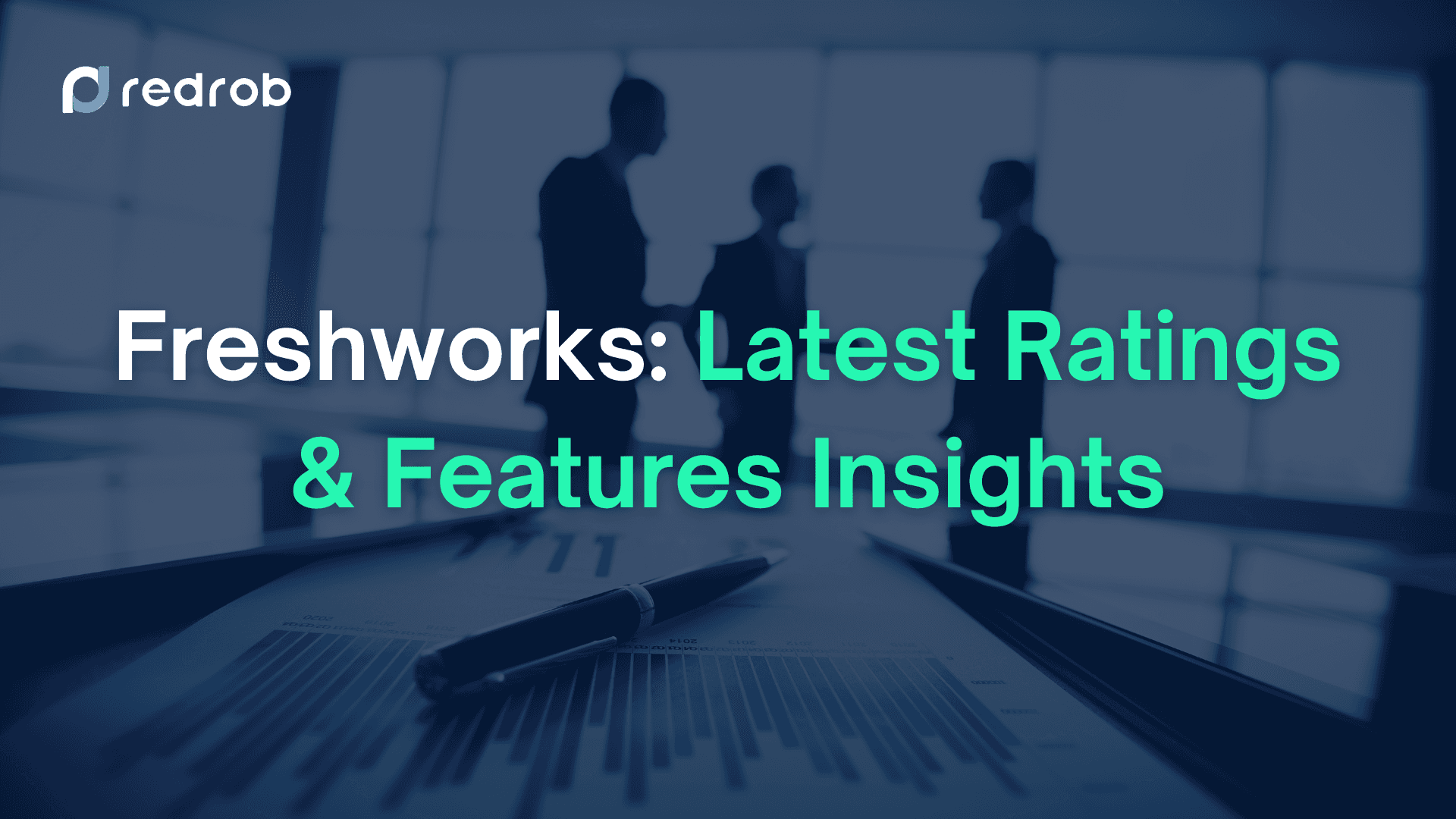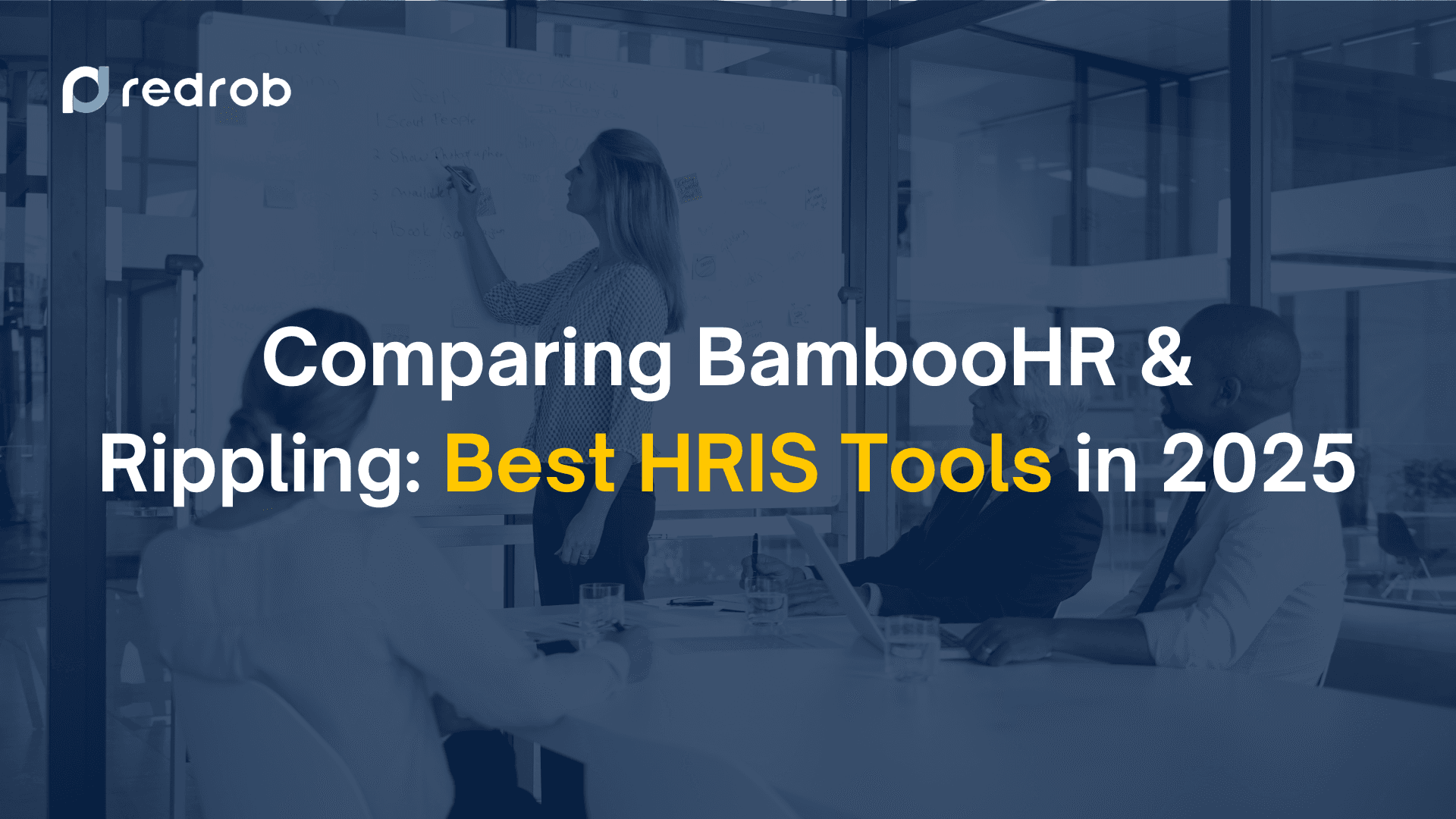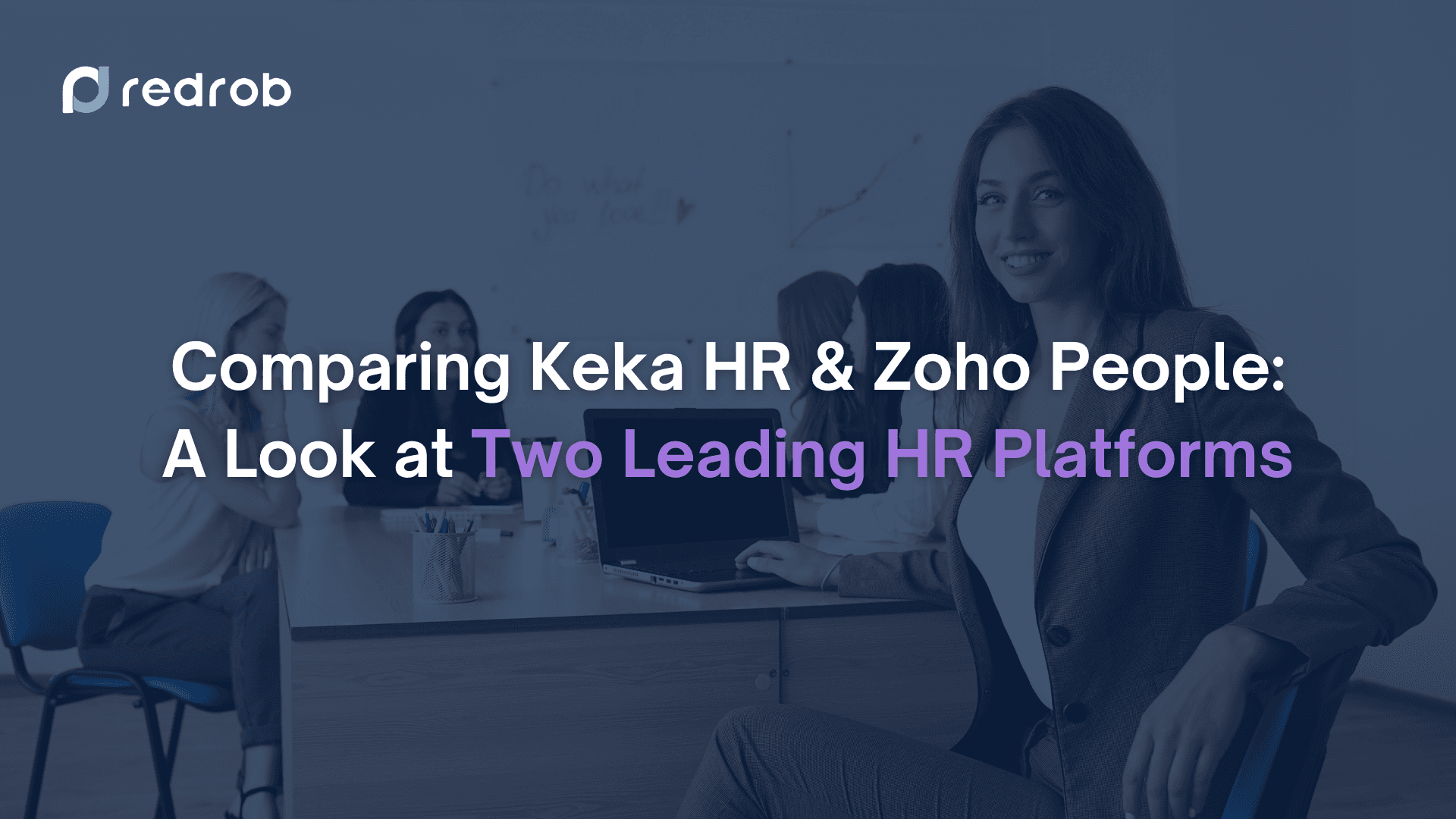ATS
•
Sep 13, 2024

Soumyata Singh
Introduction
Are you aware that 57% of companies are using automation for their manual HR tasks to improve employee experience? Also, if we were to believe the stats then 56% of the companies are relying on AI technology for repetitive tasks. But in this race to make the perfect work environment through automation, it is also picking up the best practices for recruitment and talent management. In this running aid, several platforms and systems that offer solutions like CRM and ATS have been a bane for the industry.
However, there is still confusion regarding the acute similarities in the functions between the two that led to people confuse it as one entity which in reality is not the case. So, in this blog, we will try to provide a broad understanding of both so that as a recruiter or the head of your firm you become more aware of what is required of your team.
Let's understand an Applicant Tracking System
Definition and Core Functions
ATS is a software solution that helps you to automate and streamline the recruitment process by handling all the operational and manual tasks ranging from job postings to onboarding. Here, understand that an ATS is an aid to the HR team hence it helps them in organizing every step of the recruitment funnel which makes the management of large volumes of candidates easy.
Streamlining the Hiring Process
ATS software automates various hiring tasks such as:
Job postings: Publishing job advertisements across multiple platforms simultaneously.
Resume parsing: Extracting information from resumes and creating candidate profiles for easy review.
Interview scheduling: Coordinating with candidates and interviewers to streamline scheduling without manual follow-ups.
Key Features of ATS

ATS systems focus on making the hiring process efficient and reducing manual work, allowing HR teams to focus on higher-value tasks like interviewing and candidate assessment.
Candidate Relationship Management System Explained
Definition and Core Functions
CRM is a recruitment tool that helps any company build a strong pipeline of candidates which you can use during the hiring season while you will also have a backup for future hiring needs. Hence, a CRM will help your company build a robust system that maintains data of both active and passive candidates over time.
Building and Nurturing Talent Pipelines
Unlike ATS, which primarily manages applicants, a CRM system helps companies:
Creates talent pool: Identifying and categorizing potential candidates based on skills and roles.
Engages with passive candidates: Building long-term relationships with candidates who may not be actively seeking jobs.
Maintains candidate communication: Regularly nurturing relationships through personalized content and updates.
Key Features of CRM

CRMs excel at maintaining relationships with candidates over extended periods, ensuring that employers can easily tap into a talent pool when a job becomes available.
Key Differences Between ATS and CRM
Purpose and Focus
The primary difference between ATS and CRM lies in their purpose within the recruitment cycle.
ATS - Application Management
An ATS is application-centric. It tracks candidates from the moment they apply until the final hire. Its primary role is to help HR teams manage the active recruitment process efficiently.
CRM - Relationship Management
In contrast, CRM is relationship-centric and this will help you nurture long-term relationships with potential candidates irrespective of whether they are actively job hunting or not. Hence, a CRM will allow you to have a perennial talent pool that you can use throughout the year based on your hiring needs.
User Interaction Timing
ATS Interaction Post-Application
With an ATS, interaction starts after a particular candidate submits his/her application. Understand that an ATS will manage the recruitment process from that point forward and also ensure a smooth run till the time you get the perfect hire.
CRM Interaction Pre-Application
In a CRM, interaction starts before a candidate applies for a job which aims to build relationships with potential candidates. For this reason, a CRM would encourage these candidates to consider opportunities down the line and also allow recruiters to stay in touch with passive candidates. Again, this gives the recruiter a secure backup for future needs.
Data Management
ATS - Candidate Data
ATS systems focus on managing data related to active job applications, such as:
Resumes and CVs: Parsing and storing candidate information for quick retrieval.
Interview Feedback: Centralizing feedback from hiring managers in one place.
CRM - Interaction Data
A CRM stores data related to ongoing interactions with potential candidates, including:
Communication history: Tracking emails, messages, and engagement with job-related content.
Candidate engagement metrics: Monitoring how candidates respond to outreach efforts.

Automation and Workflow
ATS Automation
ATS systems automate several recruitment tasks, including:
Resume screening: Filtering out candidates who do not meet basic job qualifications.
Interview scheduling: Automating the coordination of interviews and follow-up steps.
CRM Automation
CRM systems automate tasks related to relationship management, such as:
Personalized follow-ups: Sending custom emails based on a candidate’s interaction history.
Scheduled reminders: Automatically remind recruiters to engage with passive candidates.

When to Use ATS vs. CRM
ATS for Efficiency in Hiring
An ATS is essential for companies that experience:
High-volume recruitment: Managing large numbers of applicants for open positions.
Strict compliance requirements: Ensuring adherence to laws like GDPR and EEO.
ATS systems shine when speed, accuracy, and compliance are critical to the recruitment process.
CRM for Long-Term Talent Engagement
CRM tools are crucial in industries where:
Long hiring cycles are common, such as specialized technical roles or executive positions.
Proactive engagement with passive candidates is also a major function as it intends to maintain a talent pool even for future openings.
CRMs are useful if you want to build long-term relationships with candidates even with those who are not part of your organization.
Benefits of an Integrated ATS and CRM
A Seamless Recruitment Process
Although ATS and CRM serve different purposes, many companies have started to use an integrated system where both tools are employed which has proven to create a seamless recruitment process. This integrated system has also enhanced both candidate experience and recruitment efficiency. When integrated:
ATS handles active applicants, ensuring that the recruitment process is smooth and efficient.
CRM nurtures relationships with passive candidates, creating a steady pipeline of talent for future roles.

Case Studies
Workable: A leading recruitment platform, that integrates both ATS and CRM functionalities, allowing companies to manage active applicants while simultaneously nurturing a talent pipeline.
Vincere: Uses both ATS and CRM features to optimize hiring for companies in recruitment-heavy industries like IT and consulting, providing end-to-end solutions for long-term talent management.
Choosing the Right Tools for Your Organization
Now that you understand the differences between ATS and CRM ATS also tries to imbibe all the ways that will help you excel at managing the hiring workflow and ensuring compliance. As you have clarity both systems have their benefits and each is the best fit for some or the other industry. So, both tools in a way complement each other as they create a robust and integrated recruitment strategy.
Moreover, the best approach is to use both ATS and CRM in tandem. This ensures that HR teams can efficiently manage current job openings while also nurturing future talent pipelines, resulting in a more flexible, scalable recruitment process.
FAQs
Are ATS and CRM really different?
Yes as the first manages the recruitment process from application to hire while CRM focuses on building and maintaining relationships with potential candidates.
Which is ATS or CRM?
Both have their distinct use cases. The answer depends on what your organization needs but there are organizations that tend to use a combination too. Check out Redrob's ATS to understand how an advanced system helps your organization in improving efficiency.
Do CRM systems benefit long-term talent engagement?
Yes, since the maintains ongoing communication with potential candidates, nurturing relationships over time, ensures that top talent remains interested.



